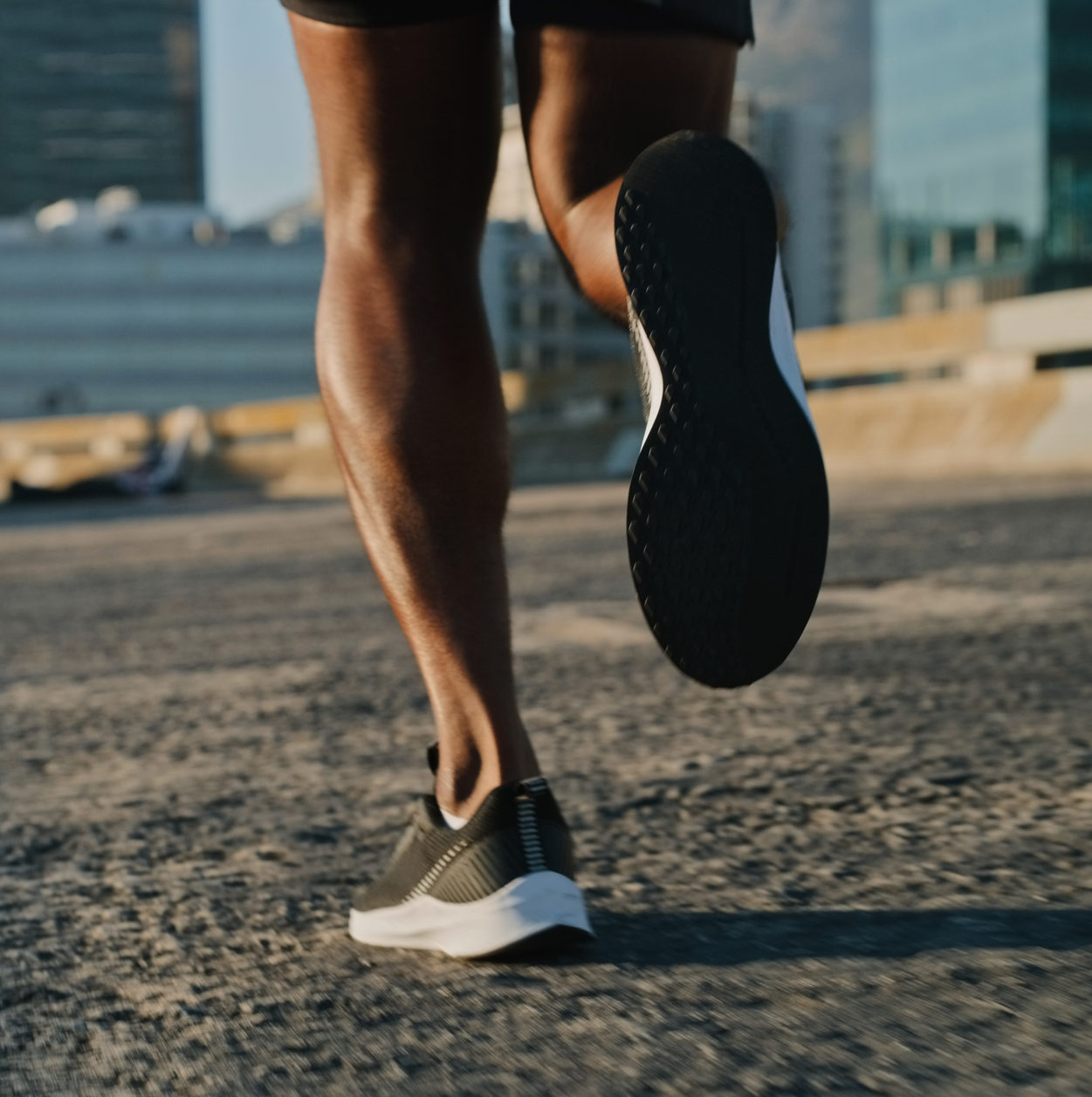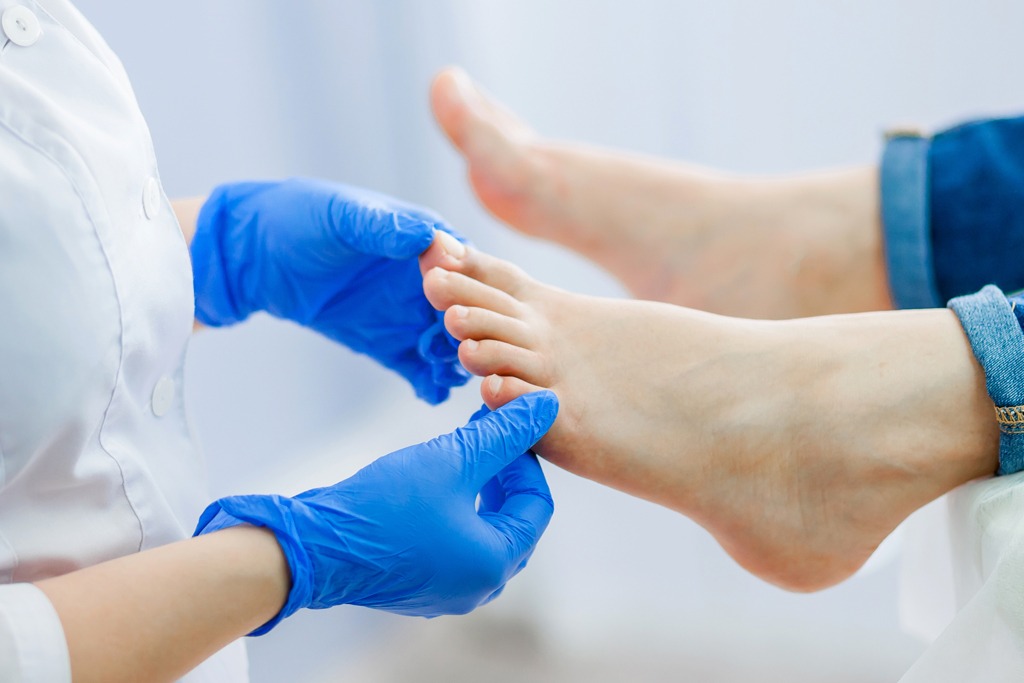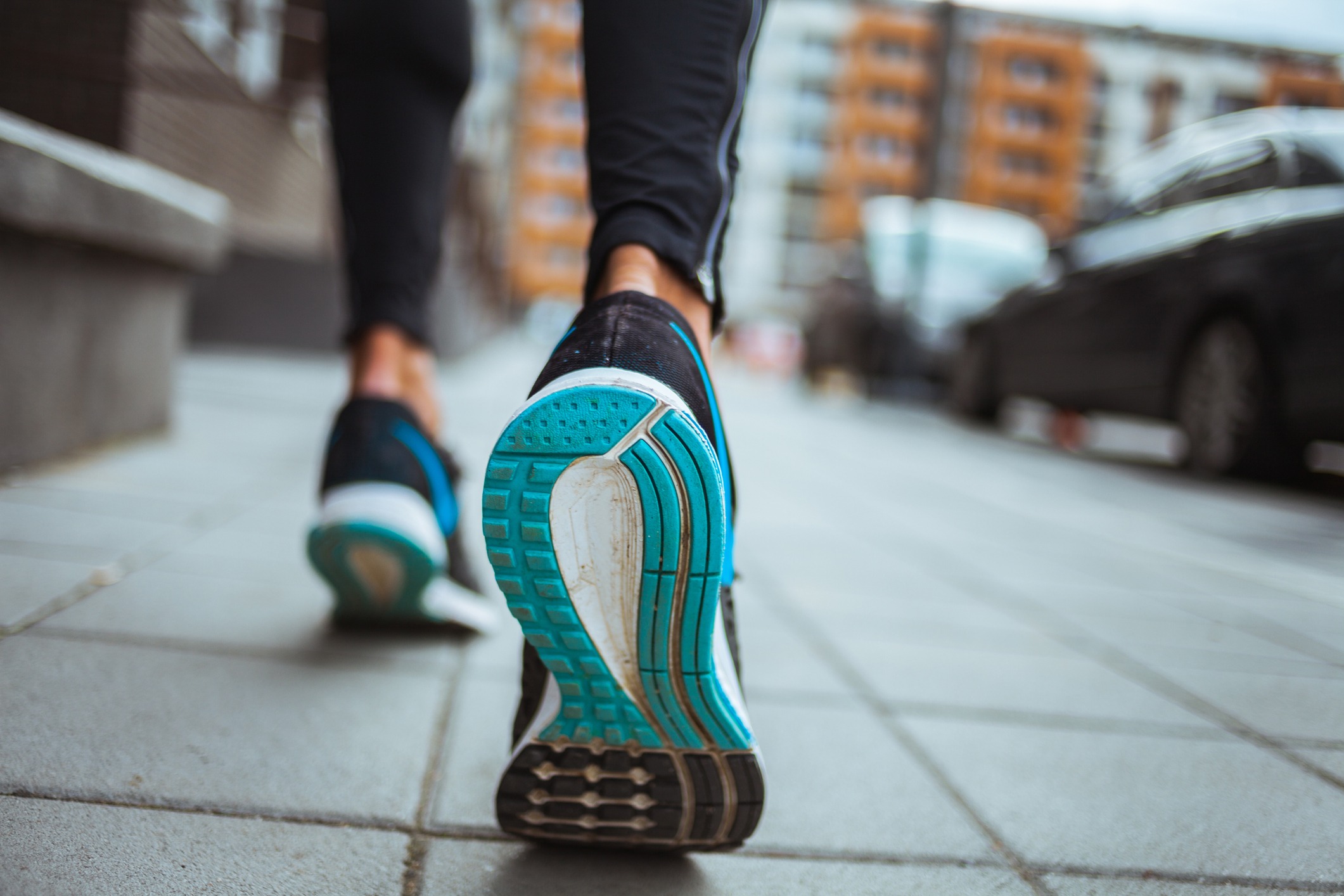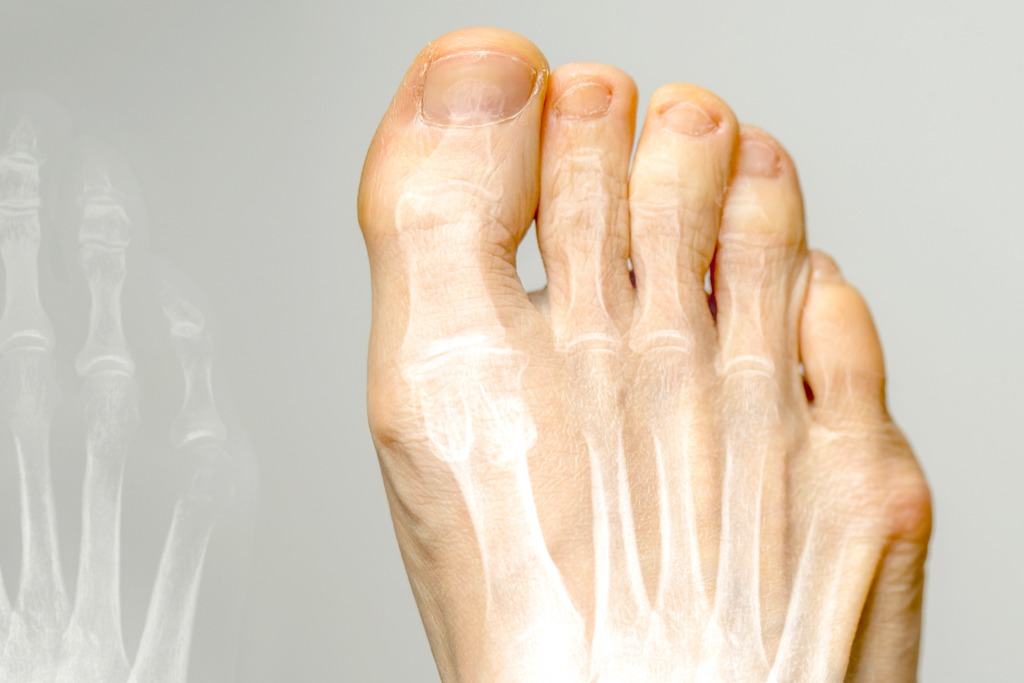
What is Hallux Rigidus Surgery?
What is the cost of Hallux Rigidus surgery?
Hallux rigidus surgery is usually fully or partially covered by insurance if it is painful for you. Coverage by insurance is always checked prior to performing the surgery so you are aware of any costs to you.
No visible scar from the top of foot
Minimal pain post-operatively
Walking on foot in a surgical shoe from day 1
No cast or crutches required
Most people back in regular shoes at 2-3 weeks
Surgical Approach
The procedure is performed at a surgical center or hospital. The anesthesia is typically Monitored Anesthesia Care (MAC), which means you are sedated and sleeping through the procedure, but breathing on your own. This is done through an I.V. and allows you to be not only pain-free, but you also will not recall the surgical experience itself. Patients do not require the use of crutches, and there are no bulky casts.
Generally, no scarring or stitches are visible at the incision site from the top of your foot. At Oregon Institute of Foot Care, we not only care about the health of our patients, but also the cosmetic outcome of our surgery. Dr. Manson utilizes plastic surgical techniques for closing the surgical site.
The procedure involves removing the arthritic bone or in some cases the entire joint and replacing it with a flexible silicone implant. Surgical correction is the most effective method of treatment to correct severe arthritis, and is usually a permanent correction.
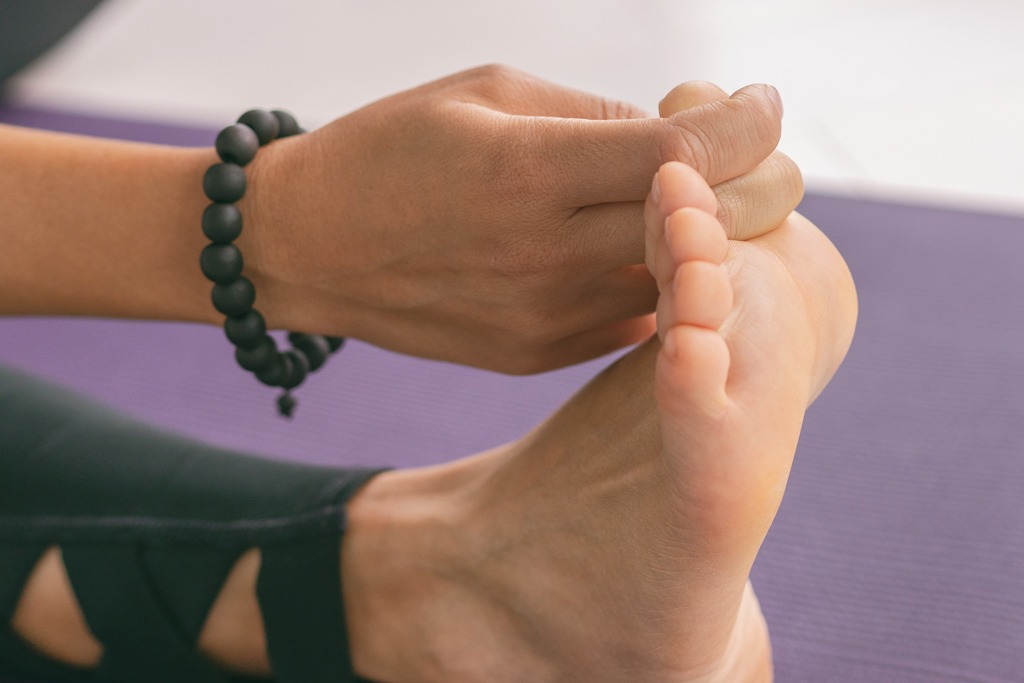
What is the Recovering Process?
Limited walking is permitted on the same day of surgery, in a surgical shoe that is worn from one to three weeks after surgery. Sutures are generally removed at 2 weeks and, at this, time most patients are able to wear a supportive shoe, like a running shoe. Patients can get the surgical site wet in the shower after the sutures are removed. Limited activity is usually recommended for 4-8 weeks after surgery.
Hallux rigidus surgery is always followed with custom orthotics that help to correct the cause of the arthritis and to protect the implant from excessive wear and tear or breakage.
Related Procedures
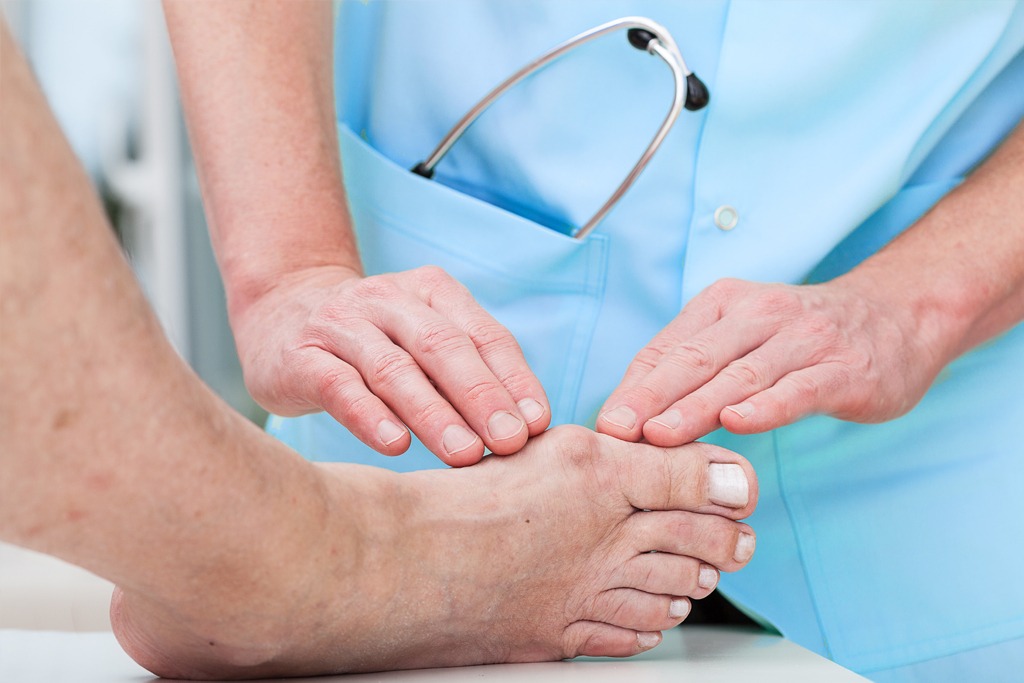
Bunion Surgery
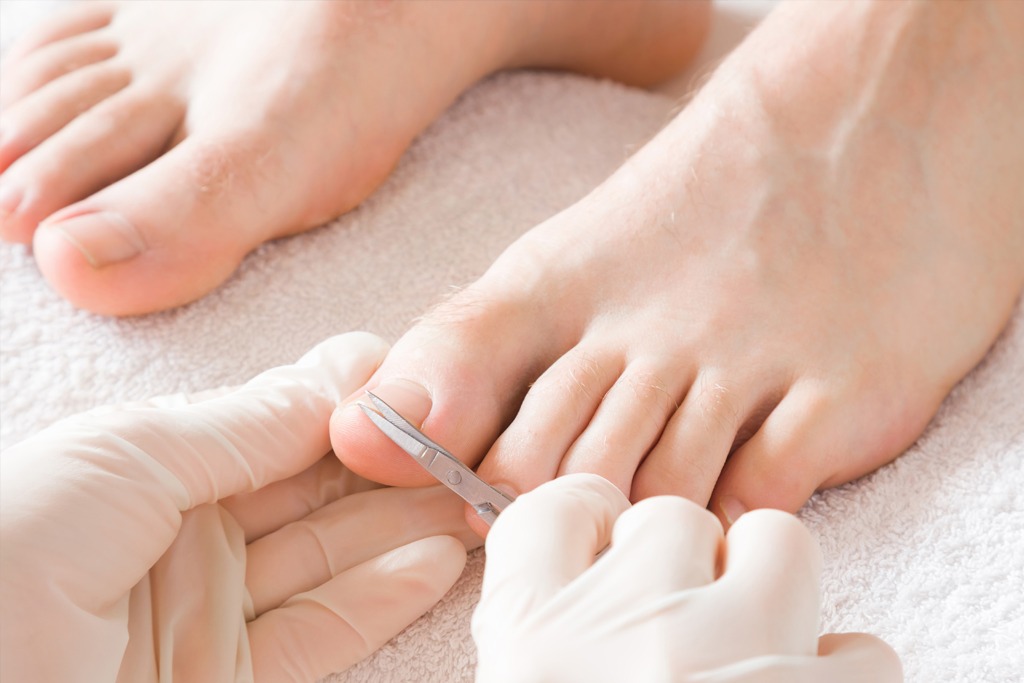
Ingrown Toenails
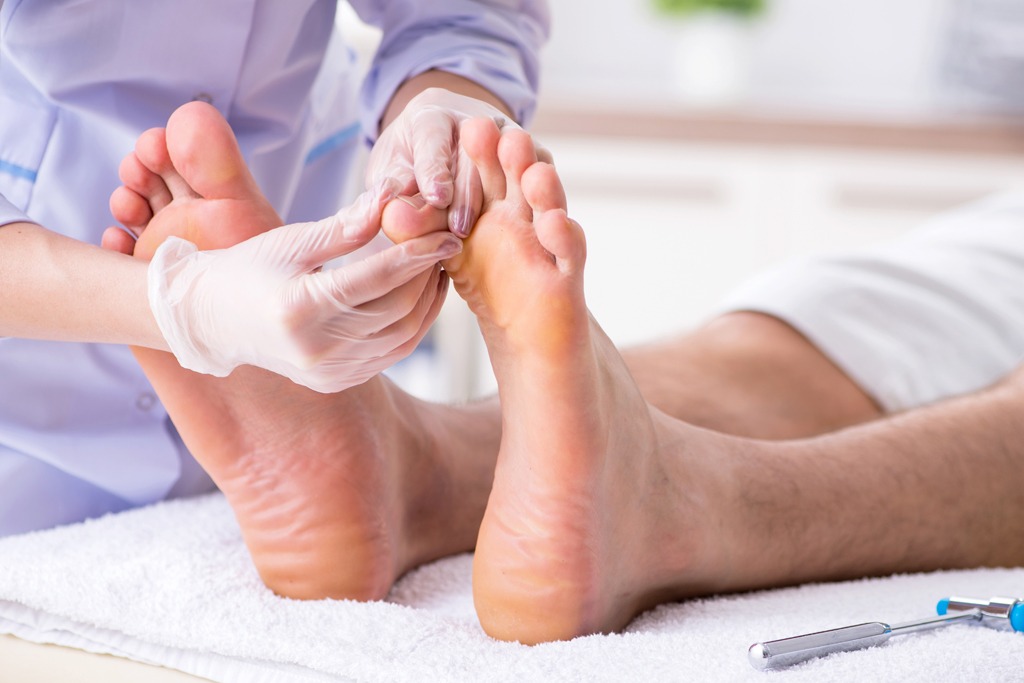
Hammertoe Surgery
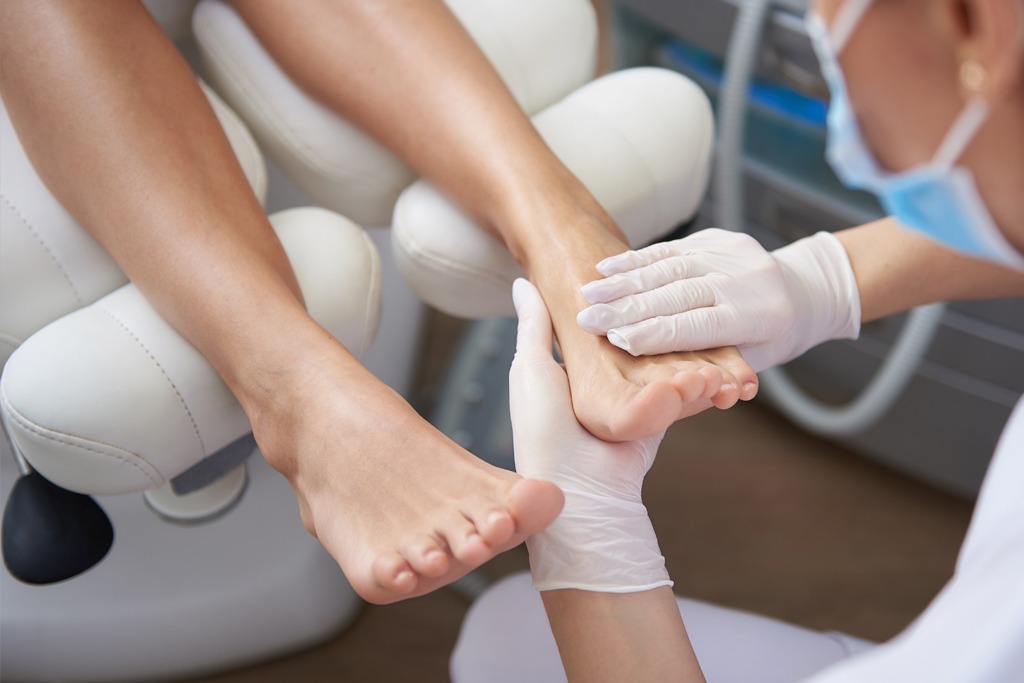
5th Hammertoe Surgery
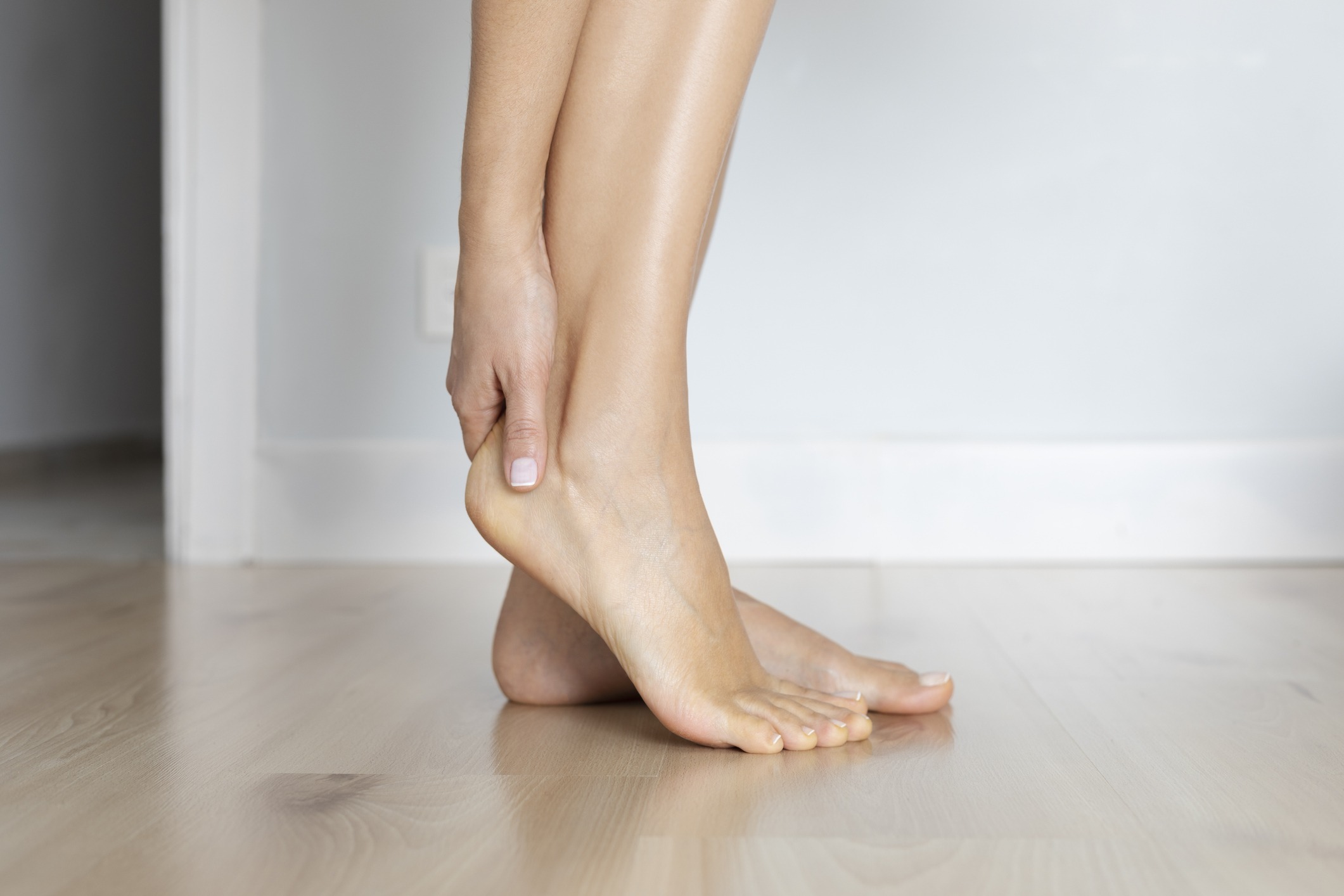
About
About
